15 Brrrr-illiant Facts about Antarctic Animals!
Put on your warmest parka and your cosiest scarf - we're heading to the South Pole for these freezing but fun animal facts!
A very important thing to remember about Antarctica is that it's cold. The coldest air temperature recorded on the planet was a frigid -89.2°C, in 1983 at a Russian research station in inland Antarctica - and even colder temperatures have been reported there! And here's another fact - Antarctica is actually a desert! You probably think of hot sun and sandy dunes when you think of deserts, but it just means a very dry and barren landscape where there is little to no plant life. Deserts can be tricky for animals to live in, and some parts of the Antarctic are uninhabitable; so, any animals that call Antarctica home have to pretty extraordinary indeed - tough, hardy, and great at survival! Let's meet some of them...
For more amazing information about the natural world, check out some of our other fun facts! You can learn more about animals spotted in Antarctica like whales and albatrosses; or take a trip to the other end of the earth and learn all about the Arctic circle!
1. The biggest year-round resident isn't very big...
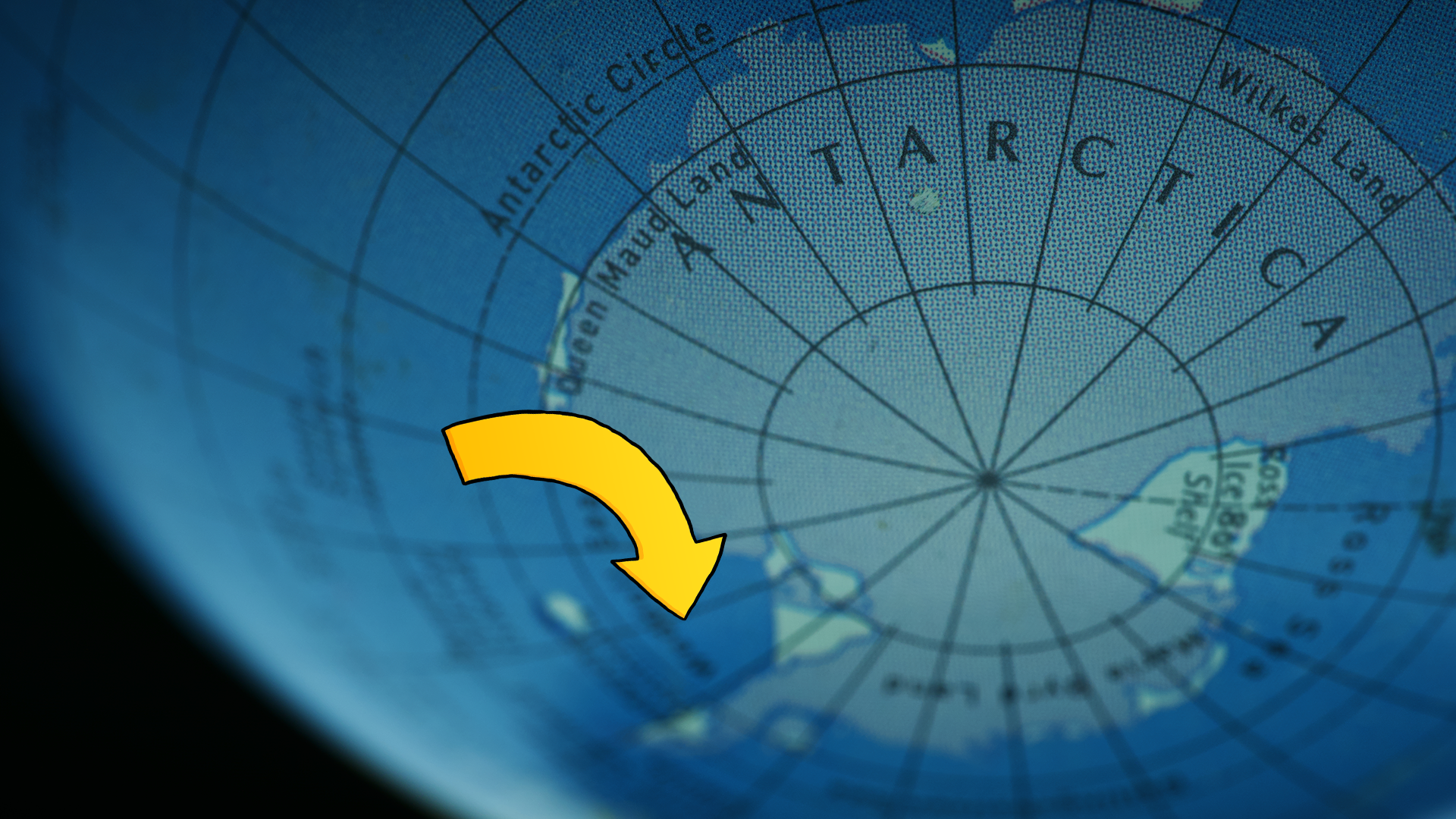
Antarctica's largest permanent terrestrial animal (the only animal that lives exclusively on land all year round) is the Belgica antarctica, also known as the Antarctic midge. They can only be found in one small part of the continent. They only grow between 2 and 6mm in length, so they're pretty hard to spot! Despite being tiny, they're very hardy creatures. Antarctic midges are flightless, which scientists think is an evolutionary trait to stop them from being blown by the wind into inhabitable areas. They can't survive tempertures colder than -15°C, but their young also can't survive being exposed to a temperature as low as 10°C. So, they have to stay in the exact right conditions! They have complex biological functions that prevent ice from forming in their bodies and freezing them!
2. You won't find any polar bears there!
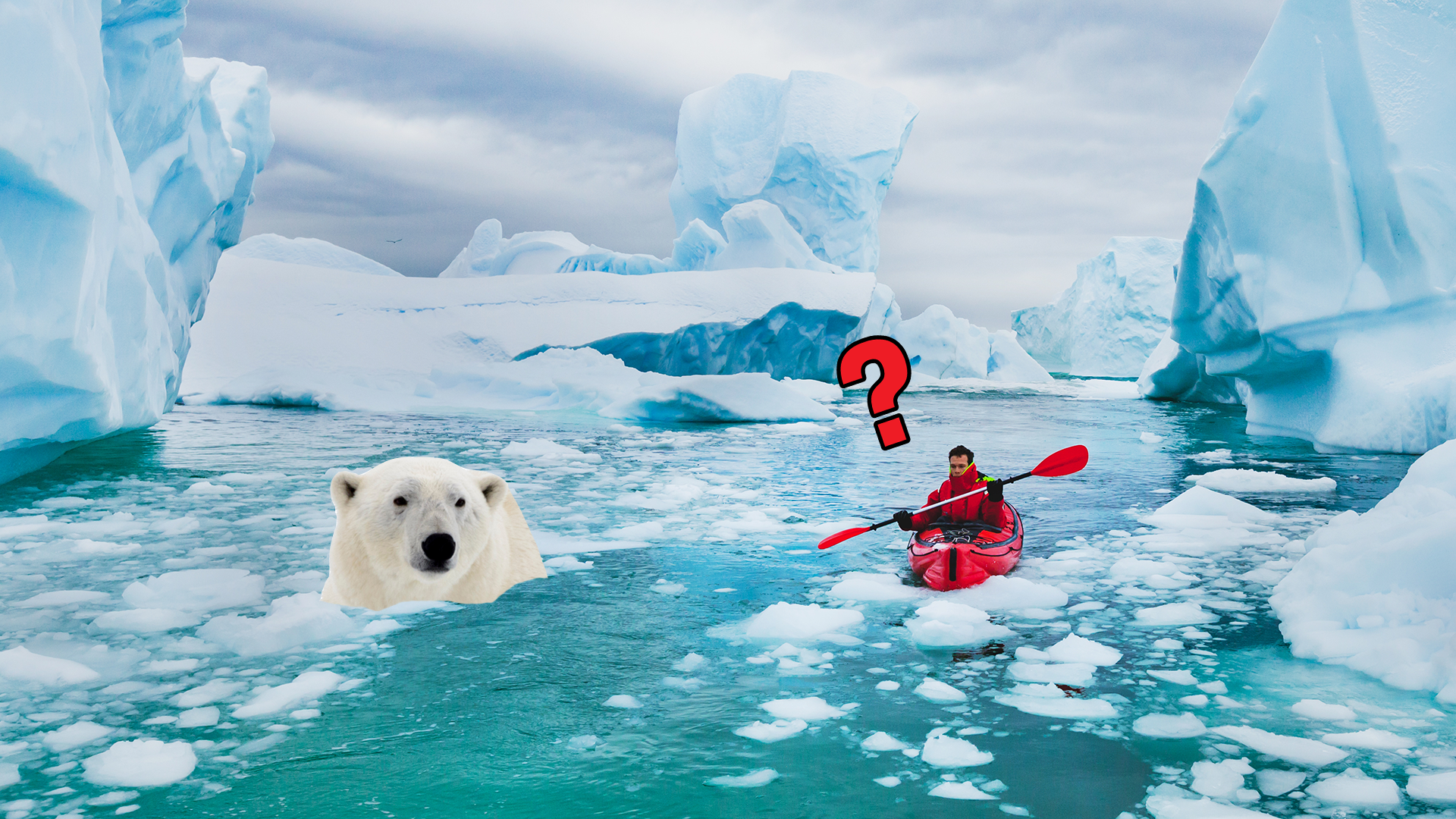
You'll remember this one if you read our Arctic Circle facts! Despite the Antarctic being freezing cold and full of snow and ice, you'll never see a polar bear there (unless something seriously strange has happened)! Polar bears only live in the northern hemisphere. The word "arctic" comes from the Greek word for "bear", so you can remember it like this - the Ant-arctic is Anti-bear!
3. ...but you will see penguins
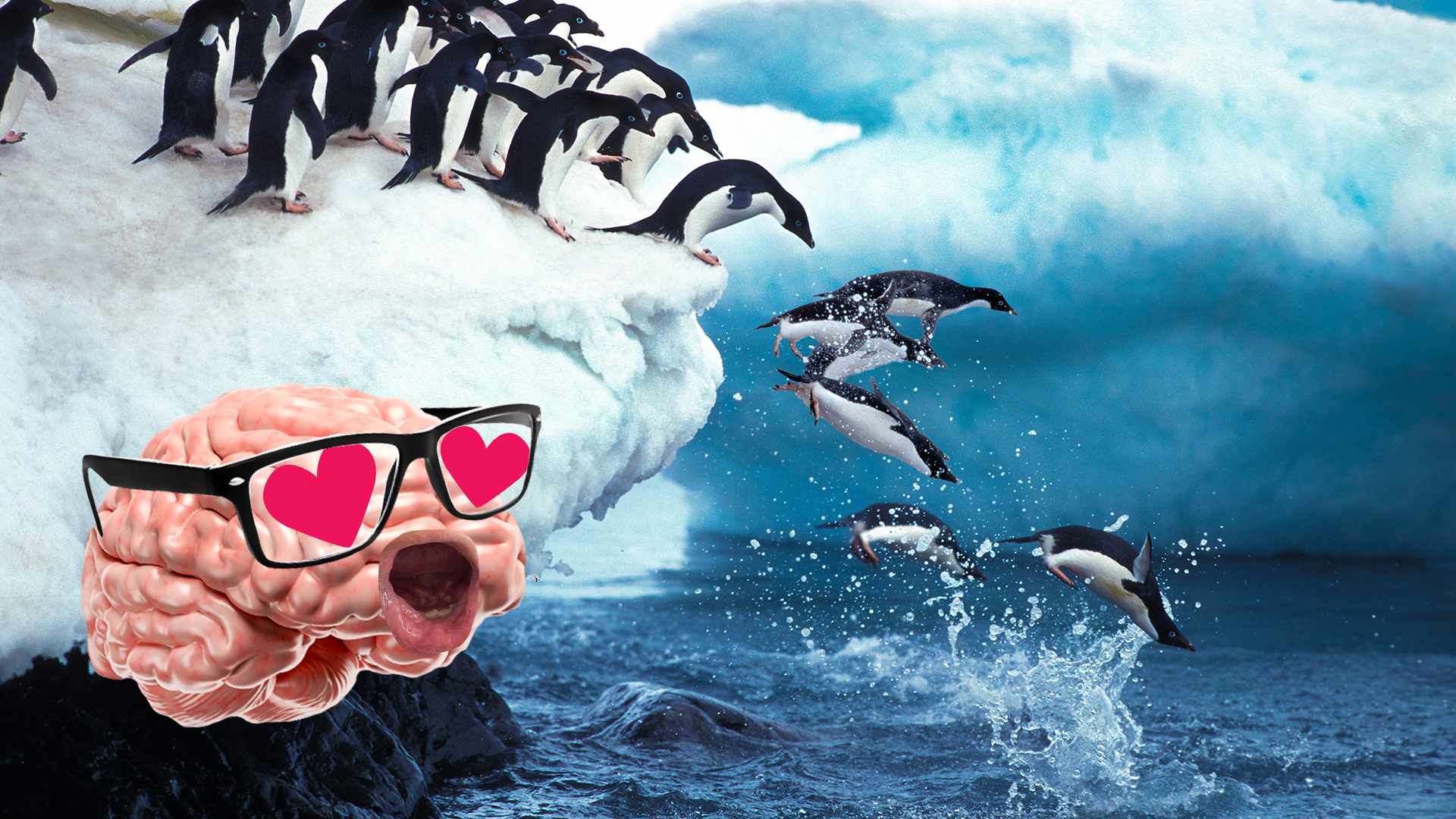
That's right, LOTS of penguins! There are about 75 million penguins living in the Antarctic and the sub-Antarctic islands, which consist of eight species of penguin. Four of these species live in the continent of Antarctica. Those are Adelie, Gentoo, Chinstrap, and Emperor Penguins. Just like the Antarctic midge, they're specially adapted to the freezing temperatures - in this case, their beautiful insulating coats! Penguin feathers are short, very closely distributed, and they overlap, which means they trap heat and keep the penguins toasty! They also have a thick layer of blubber under their skin, which is the ultimate protection against cold weather. Penguins are a bit waddly and awkward on land, but in the sea they're like torpedoes when they swim after their prey! Another interesting thing about penguins is that they can drink saltwater! They have a special gland near their eyes that filters out the salt, which then drips out of their nose.
4. Gentoo penguins love to give presents
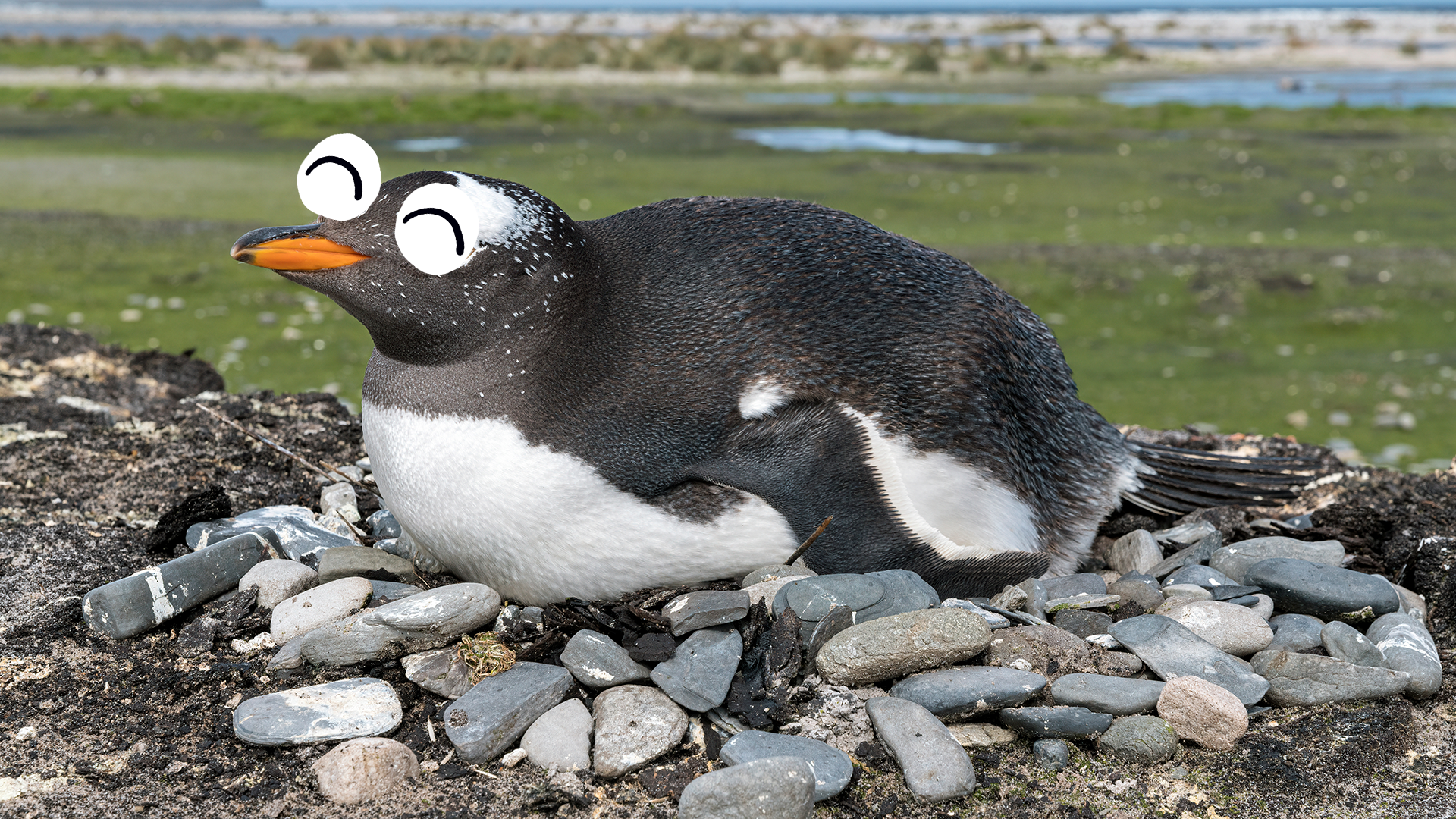
Gentoo penguins are fascinating creatures - they're very speedy for one, reaching swimming speeds of up to 35km/h, which is faster than any other diving bird! But one especially adorable thing about them is that they're great gift givers! For birds in warmer climates, it's best to build a nest using grass, leaves and twigs - but as those things are impossible to find in Antarctica, a pebble nest will have to do! They're actually pretty useful as the shape of the pebbles allows water to drain out, keeping the nests dry for eggs and baby penguins. So, the perfect gift for a penguin to give its prospective partner is: a pretty pebble! It's like a penguin proposal, and hey - we kind of do the same thing, with diamond engagement rings!
5. You'll meet giants there, too
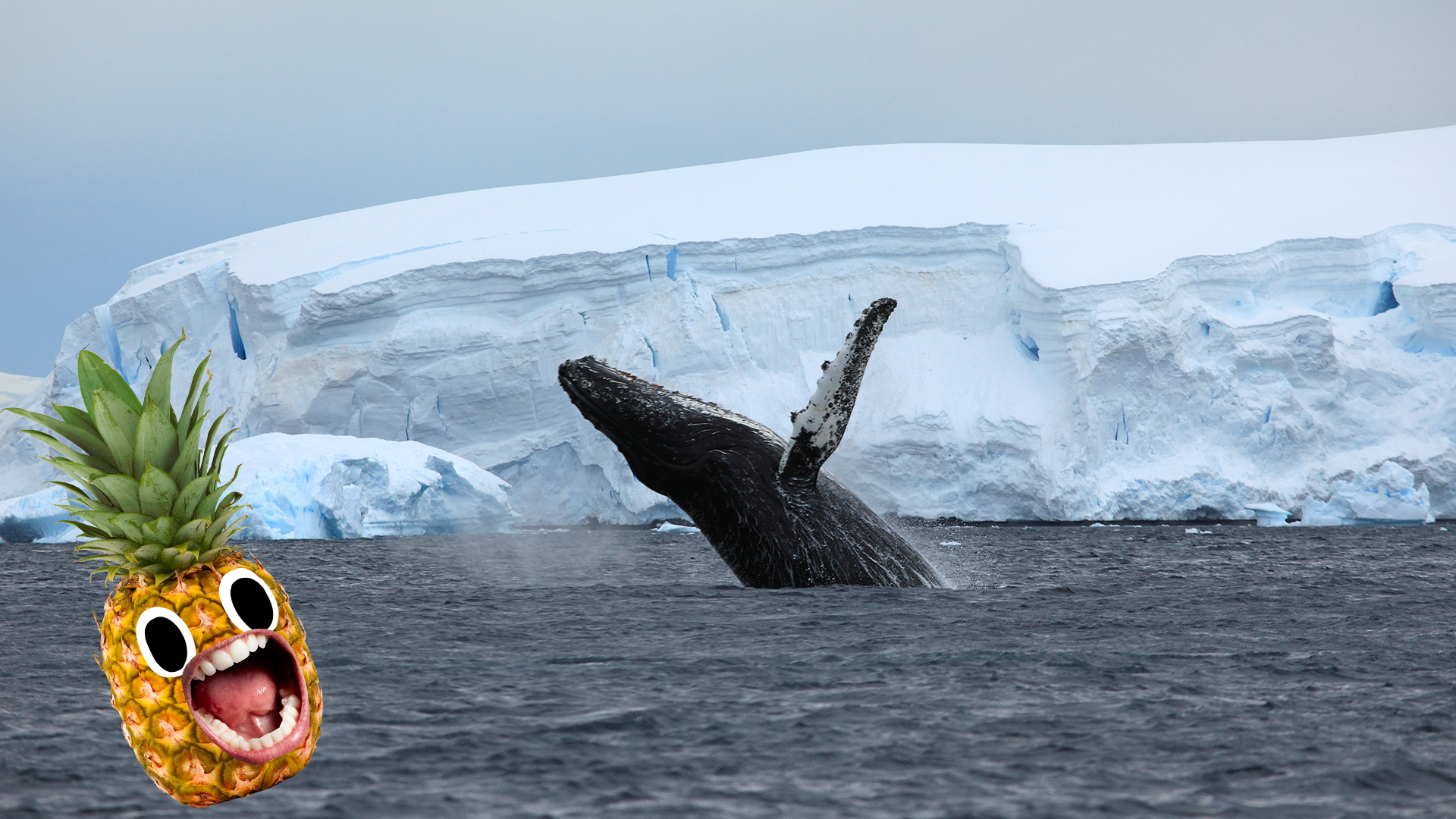
Tiny midges, penguins shorter than you... doesn't anything BIG live in Antarctica, we hear you cry? Yes, is the answer! The frigid Antarctic seas are home to some of the biggest animals on the planet - whales! Whales are not fish, but a type of mammal called cetaceans. You'll find several species of whale in the Antarctic including humpback whales, Southern right whales, sperm whales, sei whales, minke whales, and fin whales! Most species of Antarctic whale are migratory, which means they travel to warmer waters during the freezing Antarctic winter.
6. The biggest animal ever can be spotted there
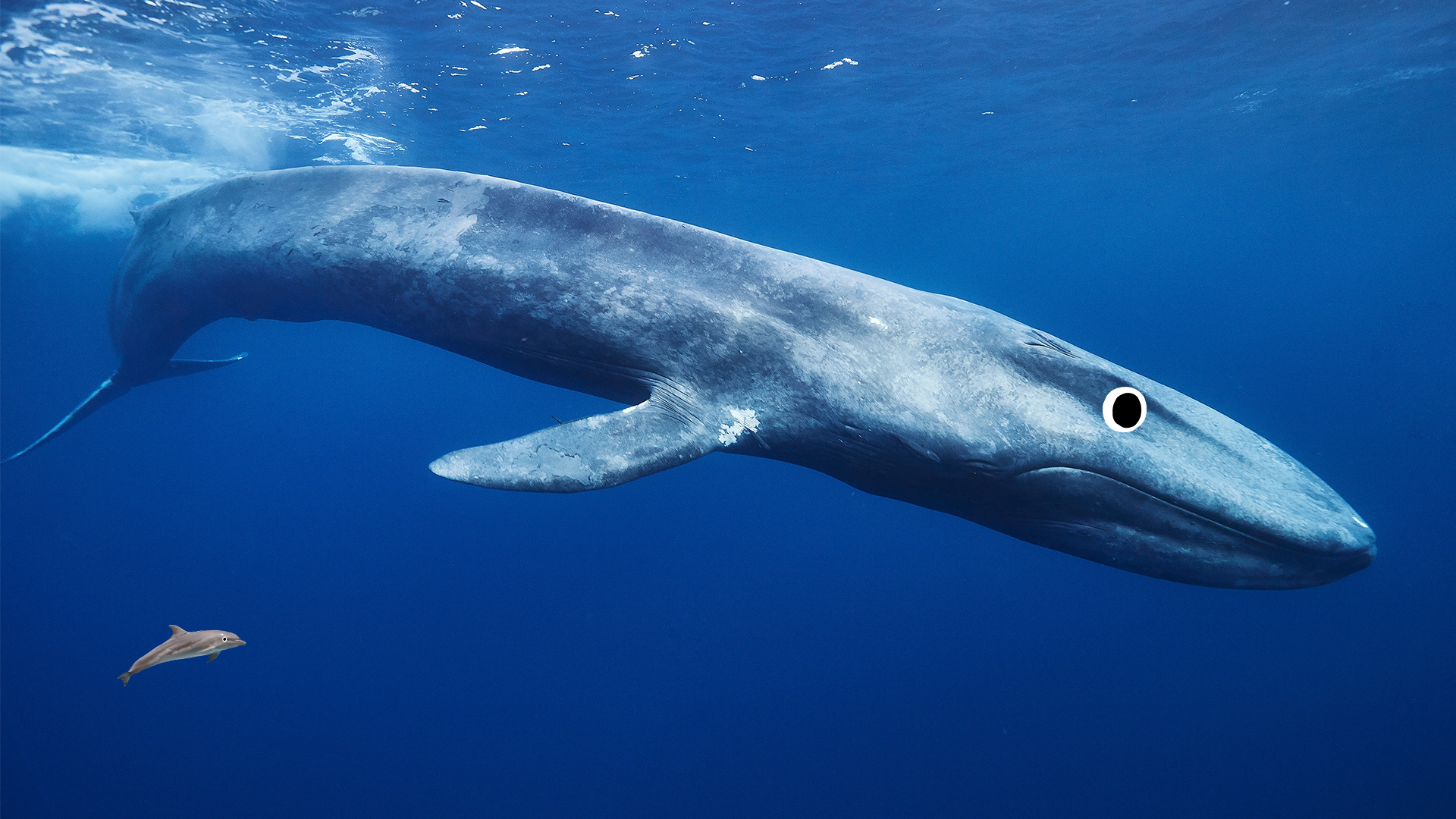
If you're very lucky, you might just spot a blue whale in the waters around Antarctica! They are the biggest creature to ever exist - not just now, but for all of recorded existence! Bigger than all the dinosaurs, and bigger than famous extinct giants like the Megalodon! Blue whale sightings are quite rare, especially as they were hunted very heavily in the 20th century. In 1996, it's thought that there were as few as 400 blue whales in Antarctic waters. Now it's thought there are about 2,000 - and if you're very lucky, you might spot one if you visit in February or March, the best time to see whales there!
7. You might have a killer sighting!
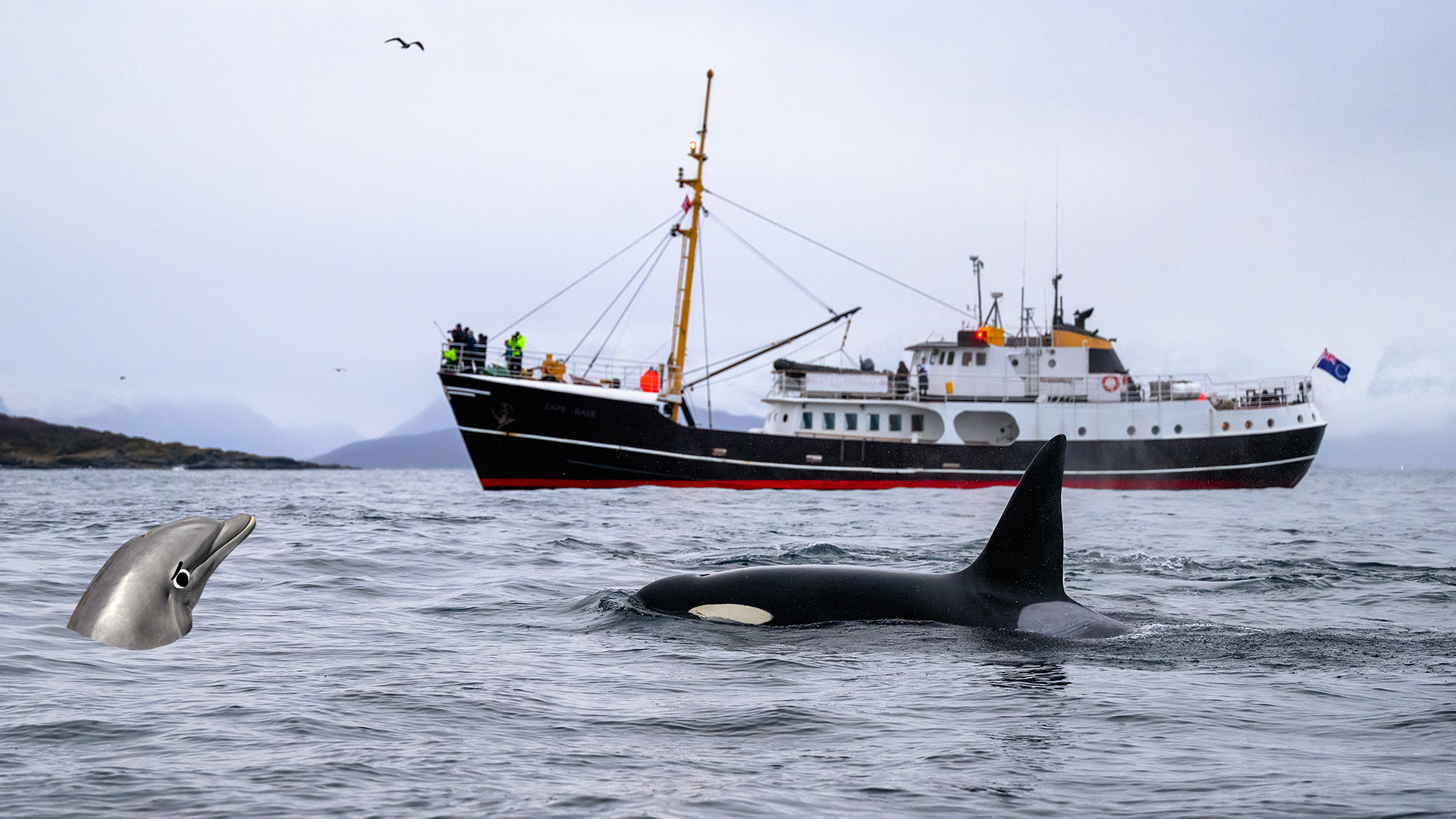
The ocean's fearsome monochrome predator, the orca (a.k.a. the killer whale) also calls the Antarctic sea its home! They're technically part of the dolphin family, not true whales, but they're still very large! The average adult male reaches 8.2 metres in length, while the adult female is around 7 metres. Orcas can be found all over the world, but most of them are based in Antarctica. It's one of the best places to catch a glimpse of one! They're called killer whales because they are VERY powerful predators - huge, speedy, and very smart. They even work together to capture unwitting sealions and seals. This closeness to each other means that orcas have their own cultures. Each pod has a distinct dialect and they seem to pass learned behaviours to each other, too - just like humans!
8. There are also lots of seals
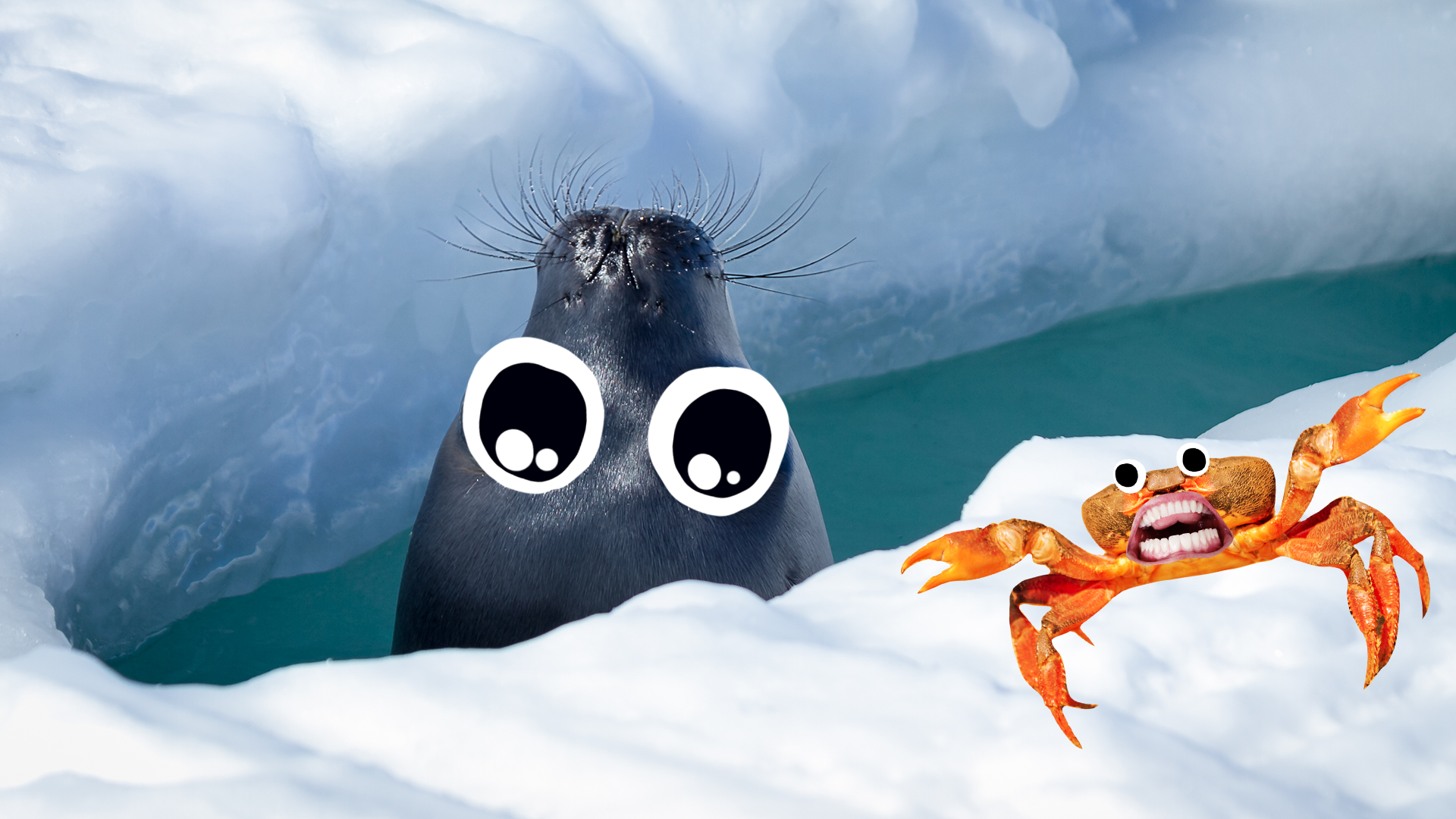
Antarctica is home to six species of seal - the Weddell seal, the crabeater seal, the leopard seal, the fur seal, the Southern elephant seal, and the Ross seal! Like penguins, seals have a nice layer of blubber that keeps them cosy in the cold. With their chubby bodies and huge eyes, seals might look cute - but beware, they're vicious predators! Seals are carnivores and their diet depends on species. Leopard seals love a bit of everything, and will eat fish, squid, penguins and even smaller seals! They have a deadly ambush tactic where they'll wait under an ice sheet for penguins to jump in - then they'll pounce! Crabeater seals don't actually eat crabs, which are quite rare in the Antarctic - instead they love to feast on another crustacean, the Antarctic krill.
9. Elephant seals are great divers!
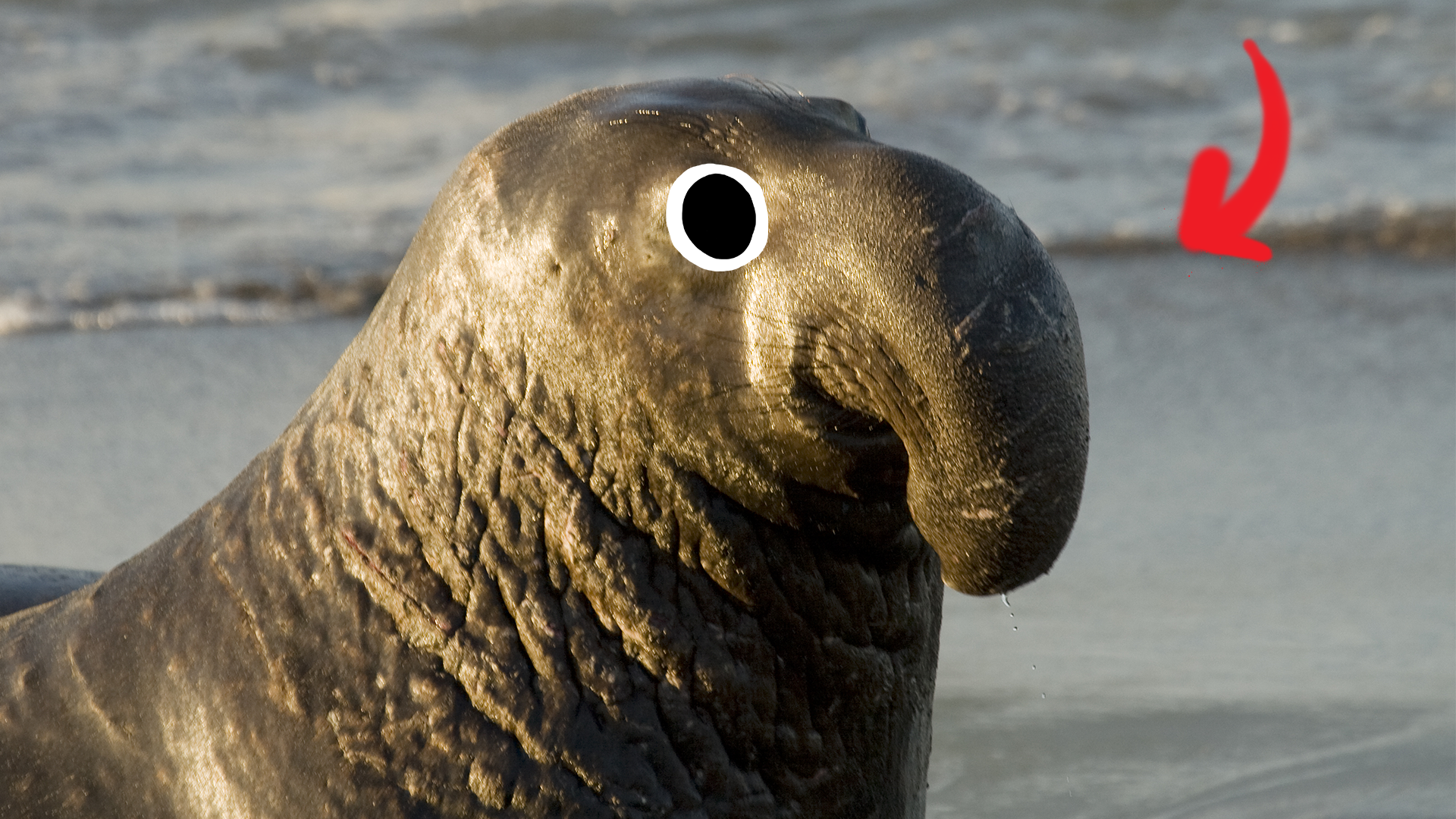
Elephant seals are probably the most interesting-looking seals in the world! They're named for the amazing schnoz found on adult male elephant seals (bulls). They use this incredible snoot to roar, bellow and attract a mate. They're also HUGE - not blue whale huge, but we're talking a weight of between 1,500kg and 3,700kg for adult males. The females are usually only about 700kg, and are sometimes mistaken for babies when seen next to the males! Southern elephant seals are the largest kind of seal in the world - but their true talent lies in diving. They can plunge to depths of 500 metres, for up to 20 minutes at a time! Don't even try to beat that record - the deepest a human has ever dived is 332.35 metres, and that was with scuba equipment! Scariest of all, they can also move surprisingly quickly on land - about 5 miles per hour, which might not seem much, but it'd be pretty terrifying to have to run away while a giant seal scoots after you!
10. There are some creatures you won't spot!
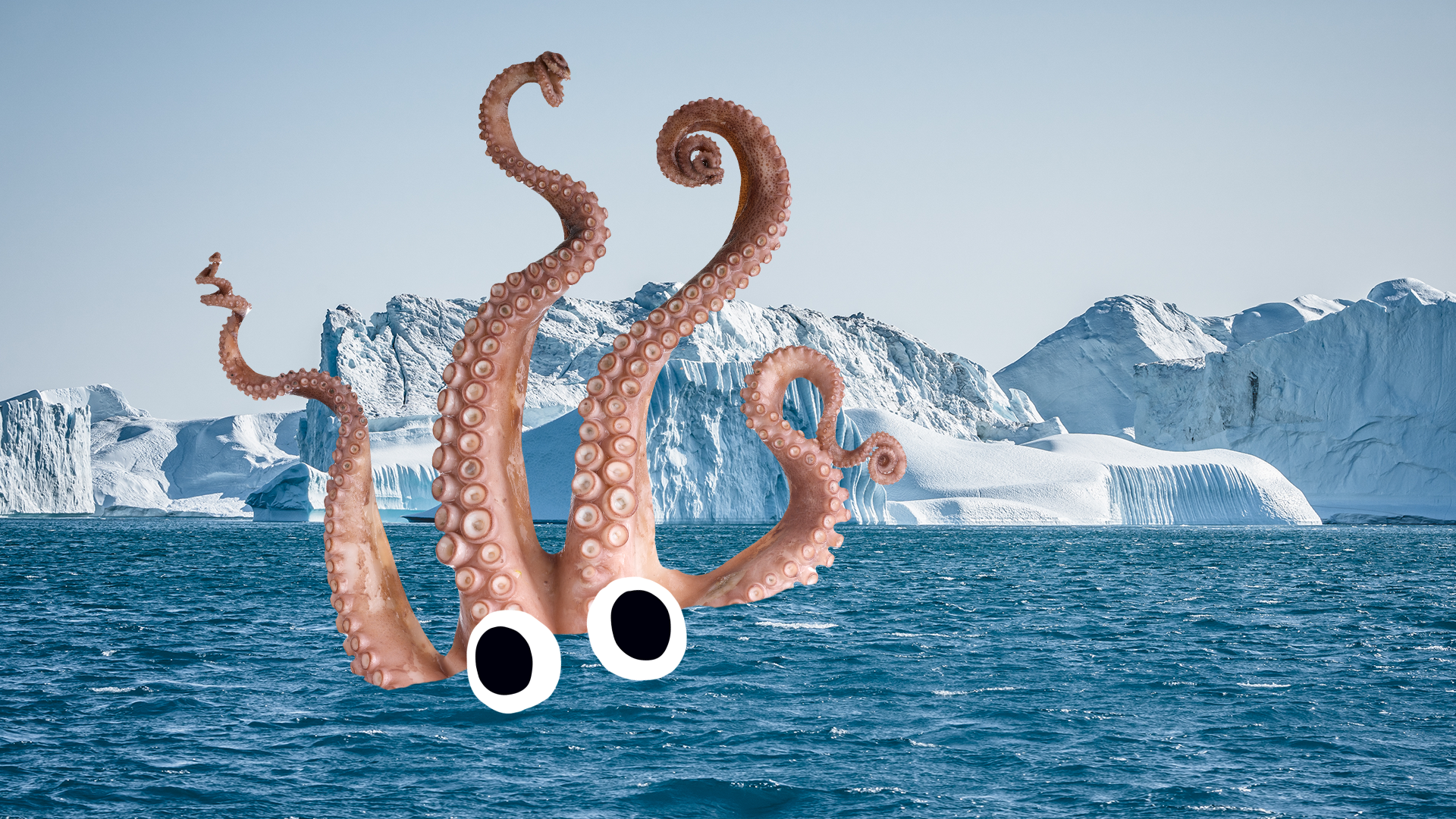
You'd be lucky to spot a blue whale, or a leopard seal, or a colony of penguins if you visited Antarctica - but there are some animals that you are almost guaranteed to never see! There are about 70 species of cephalopod in the Antarctic sea. Cephalopods are a group of animals that include octopus, squid, and cuttlefish. Squid make a big part of the diet of many animals, like albatrosses and whales, with the warty squid being a particularly tasty treat. The cold Antarctic waters are also home to the colossal squid, which is the largest known invertebrate in the world! These majestic beasts are confirmed to reach a maximum of 10 metres in length and weigh about 495 kilograms - but there is evidence that even bigger ones might exist, we just haven't seen them yet! They also have the biggest eyes in the animal kingdom, more than a foot across! The colossal squid is an example of something called "deep-sea gigantism", which is when animals that live in cold, deep water where food is scarce tend to be a lot larger than their shallow-water relatives.
11. Antarctic octopuses surprised scientists!

Octopuses also live in the Antarctic, and they have a special hunting mechanism. Octopuses are venomous creatures, and in the Antarctic their venom works at sub-zero temperatures! This was a big discovery in 2010 - scientists were surprised to discover that venom could work in such a cold environment, and are still studying it with hopes it might be used in painkillers.
12. Seabirds love to visit
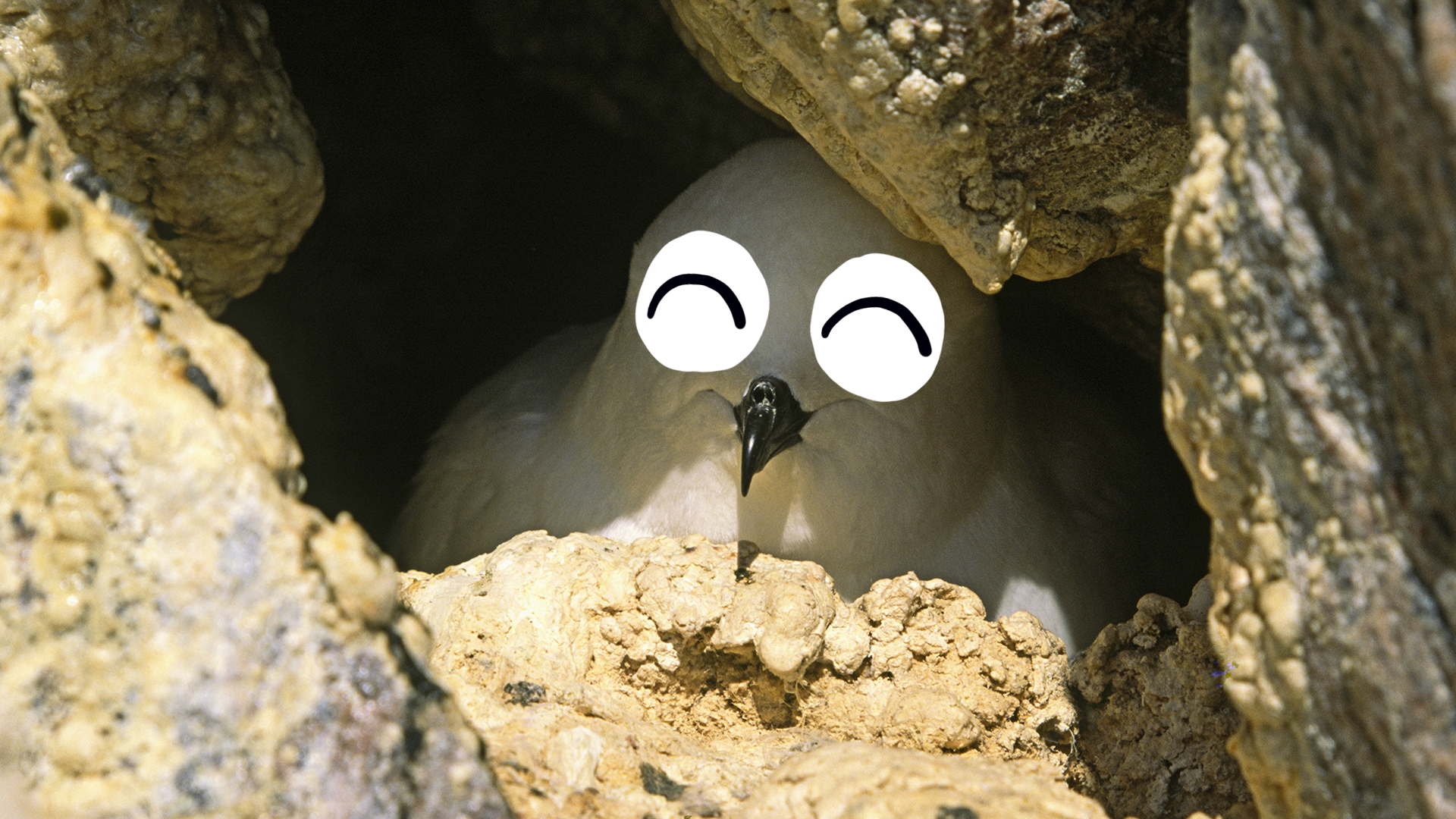
If you've seen enough penguins and want some more feathered friends in this list, you're in luck! Every spring, a whopping ten million birds arrive to nest and breed. These include albatrosses, terns, gulls, albatrosses, skuas and petrels. The snow petrel is a very beautiful bird, pure white except for its black eyes and beak, and about the same size of a pigeon. They're amazing at surviving in the freezing Antarctic landscape; they're total experts at foraging in the pack ice for tiny shrimp and krill, but avoid predators by breeding in rock crevices further inland. They also have a neat defense trick - they turn their food into an oil in their stomach, and can spit the oil at predators up to a metre away!
13. There are mythical creatures too!

Whenever humans live in a place, they tend to develop stories about the creatures who live there. Antarctica isn't like most places, because no humans permanently live there - but there are still myths and legends! All of these myths are pretty new, and they're all hard to back up with facts. One writer claimed in 1850 that explorer James Clark Ross noticed hoofprints in the snow when he visited in 1840. There are no horses in Antarctica, and this was before any horses were brought in by explorers, so unless a horse was shipwrecked... what were they? The answer is probably some strange snow phenomenon, but it would still be very spooky to come across! The most famous Antarctic cryptid, though, is a giant humanoid creature known as the Ningen. The Ningen is said to be a giant, pale, half-whale, half-human creature with long arms and reaching hands. Ningen is Japanese for "human", and the story seems to originate on the internet in Japan. It's also almost definitely a made-up story - but in 2005 Google Earth supposedly captured something that kind of looks like it. Hey, you never know - maybe there are more animals waiting to be discovered!
14. You can visit them!
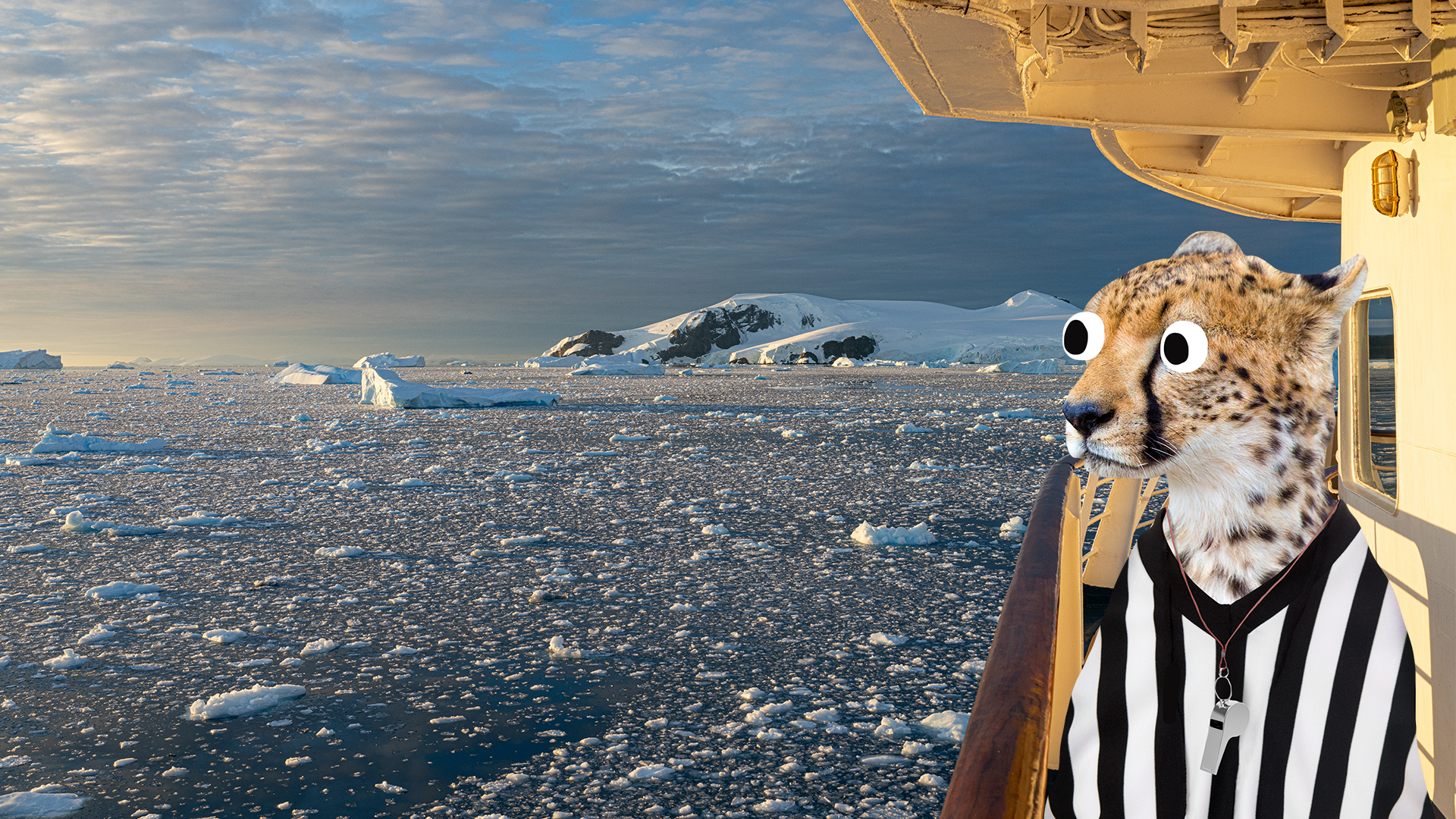
So maybe you want to visit some of these crazy creatures after reading this list - well, there are a couple of ways to go about it! If you're super passionate about nature, you can always become a scientist and focus your research on Antarctica and its wildlife, geology or climate. If you'd prefer something a little less committed, you can take a trip out there by boat! Several cruise companies offer visits to the Antarctic, with some focusing exclusively on spotting wildlife. There are no cities or hotels in Antarctica, just fairly non-glam research centres and bases, so if you do this you'll probably be sleeping on the boat. Some very dedicated people have been camping, though! Some people are critical of these visits, though - increased human activity risks damaging the environment, even when it's only in a few small areas (in fact, especially so for those areas). Pollution from boat fuel and litter is also a problem. This leads us to our sombre conclusion...
15. They're all endangered
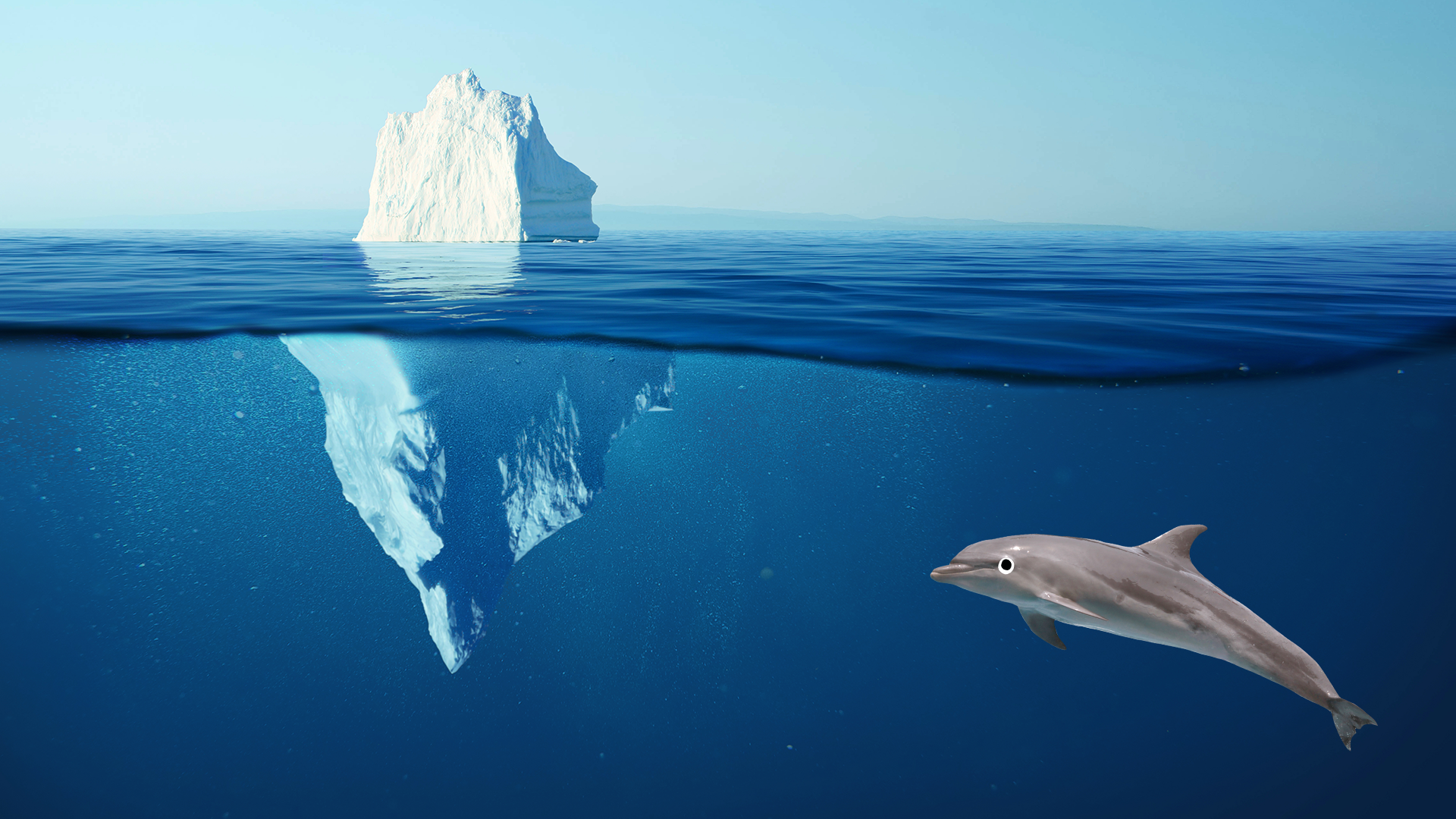
One thing all of these fantastic creatures need is their environment - and unfortunately it's disappearing fast. Climate change means that food becomes scarce, and the environment these animals are used to becomes too warm to survive in. Sei whales, blue whales, albatrosses, and many species of penguins are already in danger. It would be terrible to lose the wonderful animals of the Antarctic - all of them play an important role in our natural world.















